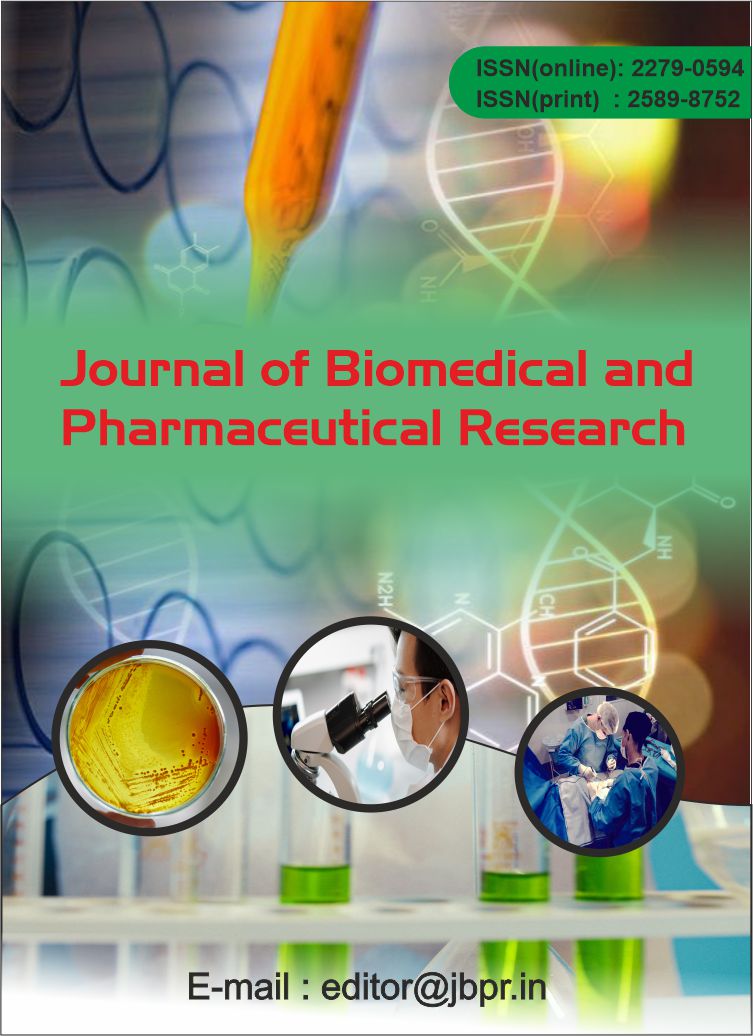STUDY OF ANTIBIOTIC SUSCEPTIBILITY PATTERN OF METHICILLIN RESISTANT STAPHYLOCOCCUS AUREUS AT TERTIARY CARE HOSPITAL IN SOUTH INDIA
Abstract
Aim: Methicillin resistant staphylococcus aureus (MRSA) has become a serious problem worldwide because of its multidrug resistance to commonly used drugs. Present study was undertaken to know the antibiotic susceptibility patterns in MRSA isolates.
Method: A total of 2000 clinical samples submitted to Microbiology Laboratory between June 2013 and December 2013 were analysed. Among these a total of 172 staphylococcus aureus (S.aureus) were isolated and included in the study. All the isolates were identified as Staphylococcus aureus and MRSA detection was done by using 1μg of oxacillin disc. Antimicrobial susceptibility testing was done by Kirby-Bauer’s disc diffusion method by using a panel of nine drugs like ampicillin, azithromycin, clindamycin, amikacin, gentamicin, levofloxacin, doxycycline, linezolid and teicoplanin.
Result: Out of 2000 samples processed, 172 turned out to be staphylococcus aureus. Among 172, 62 (36.04%) were Methicillin sensitive S.aureus (MSSA) and 110 (63.95%) MRSA. The prevalence of MRSA in our study was 63.95%. None of the MRSA isolates showed susceptibility to Ampicillin. They also exhibited resistance to other commonly used drugs like Azithromycin (63.64%), Gentamicin (54.55%), Clindamycin (50.90%), Amikacin (40%), Levofloxacin (16.36%), Doxycycline (5.46%), Linezolid (02.72%) and Teicoplanin (01.82%)
Conclusion: Injudicious and empirical use of antibiotics will lead to drug resistance. Every clinical Laboratory should carry out detection method for MRSA to understand new and emerging resistance trends in these strains.
Key words: Antimicrobial susceptibility, Methicillin resistant staphylococcus aureus (MRSA), Staphylococcus aureus.
![]() Journal of Biomedical and Pharmaceutical Research by Articles is licensed under a Creative Commons Attribution 4.0 International License.
Journal of Biomedical and Pharmaceutical Research by Articles is licensed under a Creative Commons Attribution 4.0 International License.





